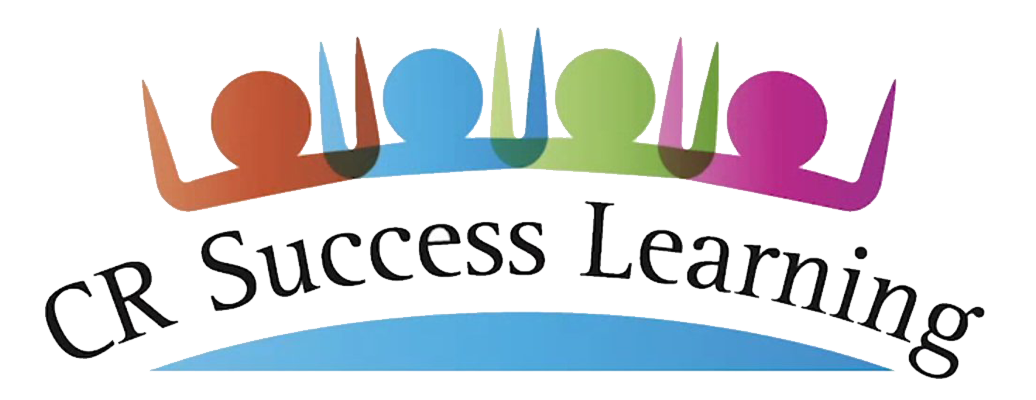🧭 Spelling Part 4: Where Do We Go From Here?
Next Steps
Well done for making it through the first three posts in this series! We’ve covered a lot of ground, but the takeaway is pretty simple: spelling instruction doesn’t have to be a guessing game. There’s solid research, thoughtful design, and proven strategies to support you and your students.
Let’s recap.
🔍 The Science Behind It
Back in Part 1, we looked at what the Science of Reading says about spelling. It’s clear: Spelling and reading are closely connected. Students who understand sound-spelling relationships are more likely to become confident readers and writers. We want to teach spelling explicitly, systematically, and in context.
The research highlights five key ideas:
Choose words based on frequency, phonetic patterns, and vocabulary value.
Use metalanguage to help students understand how English works.
Teach across three layers of spelling knowledge: sound, pattern, and meaning.
Connect spelling to real reading and writing experiences.
Use assessments that reveal what students know, not just what they’ve memorized.
Spelling instruction works best when it supports literacy as a whole.
🖊 A Wider Lens on Spelling
In Part 2, Cheryl walked us through the evolution of CR Success Learning’s approach to spelling. That story shaped what eventually became Wordsmith, our most comprehensive word study program.
Eight key ideas form its foundation:
Select words carefully and systematically
Teach patterns, not just rules
Use a multisensory approach
Keep activities interactive and authentic
Make room for differentiation
Incorporate real language instruction
Strengthen the home-school connection
Apply learning across content areas
The goal? To help students spell with purpose—not perfection—and to grow more independent every step of the way.
📌 Tips You Can Use Tomorrow
Part 3 brought it into the classroom with practical, teacher-tested strategies. You saw how tools like P.A.W.S. and DASH Spelling shift the effort to the student, building stronger processing and self-correction habits.
You also explored ways to offer feedback that supports learning, rather than shutting it down. Framing corrections with the “You have ____, you want ____” feedback lets students stay in the work, rather than pulling them out of it. Add in error analysis and regular application through writing, and students begin to own the process.
You don’t need a new system every year. You need a clear, consistent approach, and our Word Study Program is one we’re proud to share. You can find more information and receive sample lessons by visiting the Wordsmith page on our website.
🔔 Your Turn
If you’re here, you care about getting spelling instruction right. You’re not alone! You’ve likely seen the student who gets it right on Friday and forgets it by Monday. Or the one who avoids writing altogether because spelling feels too hard. And maybe you’ve felt it too: the pressure, the time crunch, the frustration of not knowing what will actually stick.
But here’s the hopeful part: the research is clear, and the tools exist. When students are taught to listen for sounds, look for patterns, and think about word meaning, they start to build real, lasting knowledge. And when teachers are equipped with strategies that make sense in real classrooms, progress starts to feel possible again.
That’s what this series is all all about.
So, where do you go from here?
You start small. Not with an overhaul, but with one move that puts more of the thinking back on your students. Small, intentional steps like DASH and P.A.W.S. make spelling stick. The extra effort to apply “You have ____, you want ____” feedback will produce results as you acknowledge the student’s effort and keep them engaged in the process, and offer them a clear path forward. That’s the kind of progress that makes the work feel worth it.
We’re with you.


